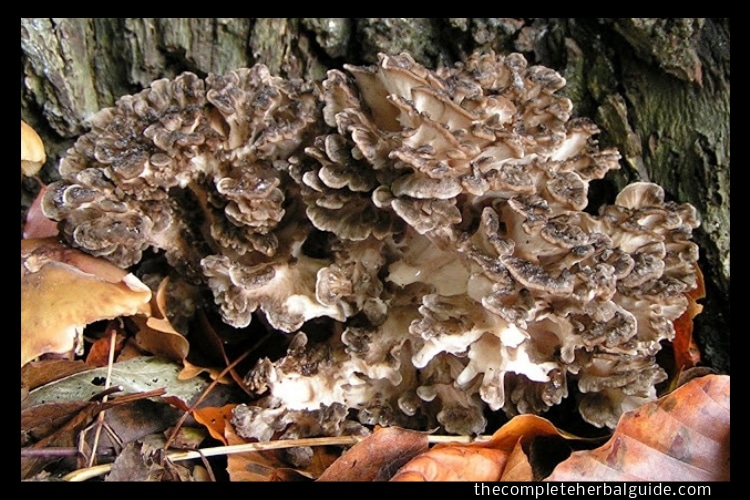
Saw Palmetto Medicinal Uses
For a healthy prostate, many men have been enjoying the benefits of Saw Palmetto. It is said to be helpful in treating many prostate disorders, including prostate enlargement and the discomforts of frequent urination. As an overall tonic for good health, Saw Palmetto is helpful for those who are convalescing or who suffer from wasting diseases, such as HIV/AIDS. It is an expectorant and an old-time remedy for bronchitis and asthma. Many herbalists consider Saw Palmetto to be an aphrodisiac in both men and women.
Table of Contents
Plant Description
Saw Palmetto (Serenoa repens) is the most commonly used herb in USA and Europe by men to maintain prostate health. Research has shown that standardized Saw Palmetto extract helps reduce symptoms related to prostate enlargement (benign prostatic hyperplasia, or BPH) such as the frequency and urgency of urination. It may be as effective as Proscar yet has fewer side effects.
Saw Palmetto is a low-growing palm tree native to the West Indies and the southern Atlantic coast of the United States. The plant grows from six to ten feet with a high crown of leaves forming a circular fan-shaped outline, and the berries are used for medicinal purposes. Its botanical designation, Serenoa, is named after the nineteenth-century botanist, Serano Watson.
History
American Indians used Saw Palmetto as a treatment for genitourinary tract disturbances, a tonic to support the body nutritionally and as a love potion. Components in Saw Palmetto include essential oils, saturated and unsaturated fatty acids, sterols (including beta-sitosterol and glucoside), tannins, carotenes, polysaccharides, and sugars. The lipid soluble compounds are thought to be its major pharmacological components.
Medical Uses
Benign Prostate Enlargement is also called Benign Prostate Hyperplasia and is caused by the accumulation of testosterone in the prostate where it is converted into a compound (DHT) that stimulates cells to multiply excessively, thus causing the prostate to enlarge. Saw Palmetto appears to inhibit the intraprostatic conversion of testosterone to dihydrotestosterone (DHT).
Although it is a condition that does not decrease sexual function, it does cause swelling, pain and excessive urination in men. In Germany, Saw Palmetto is sold as an over-the-counter treatment for benign prostate enlargement, and modern researchers are now rethinking about Saw Palmetto’s age-old treatment for prostate disorders. Many studies, although inconclusive, are shedding new light on the subject of Saw Palmetto’s efficacy as a viable treatment.
Saw Palmetto has been used to treat impotence and other diseases of the prostate gland. It is administered to men to increase the function of the testicles and relieve irritation in mucous membranes, particularly in the urinary tract and prostate.
Administered to women, Saw Palmetto is said to support mammary gland health. It may also help women with polycystic ovarian disease, cystitis and help to decrease androgen (a hormone that stimulates male characteristics in women).
Saw Palmetto is a diuretic and a urinary antiseptic.
Treatment
As a good expectorant, Saw Palmetto clears the chest of congestion. It has been useful in treating bronchial complaints (coughs due to colds, asthma, and bronchitis), and it is especially beneficial when there is an excessive discharge of mucus from the sinuses and nose.
Saw Palmetto is an overall tonic that builds strength during convalescence from an illness and has been helpful for those who suffer from wasting diseases, such as HIV/AIDS. Long ago, an American medicinal botanist, John Lloyd, noted that animals fed Saw Palmetto berries grew sleek and fat. In human diets, Saw Palmetto is said to stimulate the appetite and have a beneficial effect on body weight.
Saw Palmetto is said to regulate hormones and is considered to be beneficial to the reproductive organs of both sexes. It is also considered an aphrodisiac.
Saw Palmetto is recommended as a tonic promoting good general health. As a mild sedative and tranquilizer, it is said to improve the disposition.







